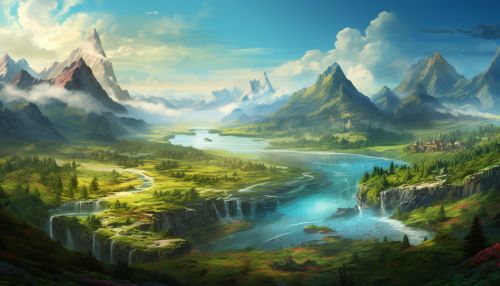India
Geography
India, officially known as the Republic of India, is located in South Asia. It is the seventh-largest country by land area, spanning 3,287,263 square kilometres. India is bounded by the Indian Ocean on the south, the Arabian Sea on the southwest, and the Bay of Bengal on the southeast. It shares land borders with Pakistan to the west; China, Nepal, and Bhutan to the north; and Bangladesh and Myanmar to the east.


History
India's history and culture is dynamic, spanning back to the beginning of human civilization. It begins with a mysterious culture along the Indus River and in farming communities in the southern lands of India. The history of India is punctuated by constant integration of migrating people with the diverse cultures that surround India.
Politics
India follows the dual polity system, i.e. federal in nature, that is, the powers are divided between the federal government and the states. The Constitution of India is the supreme legal document of the country. There are 543 members in the Lok Sabha, the lower house, and 245 members in the Rajya Sabha, the upper house of the parliament.
Economy
India's economy is a developing mixed economy. It is the world's sixth-largest economy by nominal GDP and the third-largest by purchasing power parity (PPP). The country ranks 139th in per capita GDP (nominal) with $2,134 and 122nd in per capita GDP (PPP) with $7,783 as of 2018.
Culture
India is known for its rich culture and heritage. The culture of India refers collectively to the thousands of distinct and unique cultures of all religions and communities present in India. India's languages, religions, dance, music, architecture, food and customs differ from place to place within the country.
